
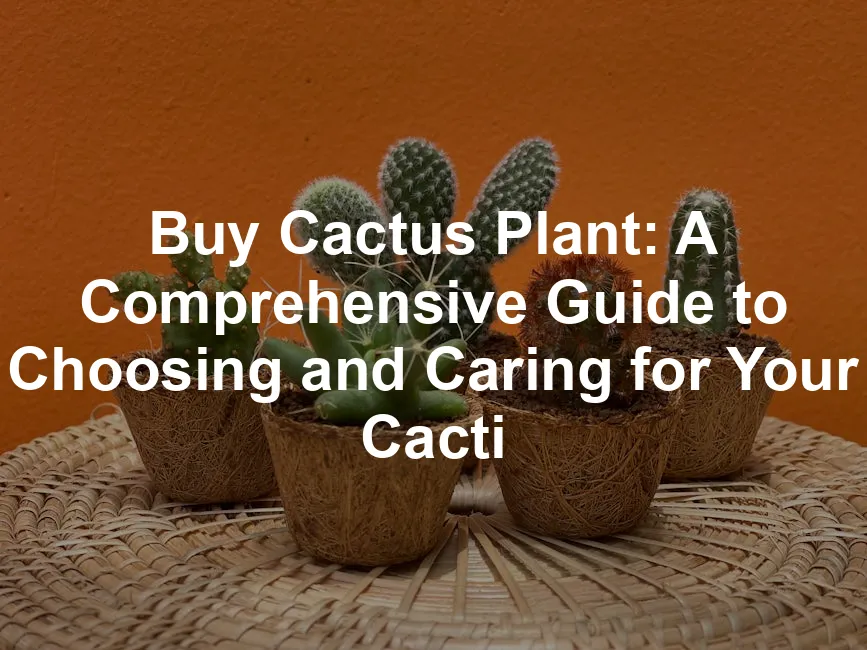
Buy Cactus Plant: A Comprehensive Guide to Choosing and Caring for Your Cacti
Introduction
Cactus plants have become incredibly popular for home decor. Their unique shapes and vibrant colors attract many plant lovers. Plus, they add a touch of nature to any space. Recently, buying cactus plants online has gained momentum. It’s so convenient to browse through countless varieties from the comfort of your home. This guide aims to help you choose the perfect cactus and provide essential care tips.
Speaking of convenience, why not make your cactus care even easier with a Cactus Potting Soil? It’s specially formulated to provide the perfect drainage and nutrients for your spiky friends, ensuring they stay healthy and happy!
Summary and Overview
Cacti have unique characteristics that make them appealing. Their ability to thrive in harsh conditions fascinates plant enthusiasts. With minimal maintenance, they are perfect for busy lifestyles. Cacti are drought-resistant, requiring less frequent watering. Their aesthetic appeal adds charm to any room. You can find a wide variety of cacti, ranging in size, shape, and color. In this article, you’ll discover tips for buying cacti, essential care techniques, and answers to common questions.
And let’s not forget the importance of a good Succulent & Cactus Fertilizer. Your cacti will thank you for it, and you’ll be rewarded with robust growth and vibrant colors!
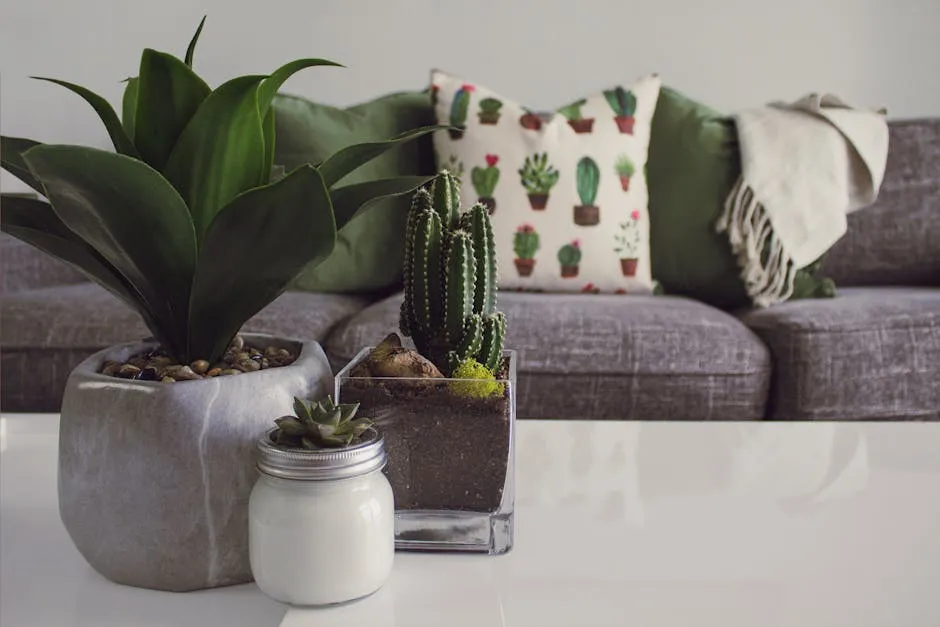
Choosing the Right Cactus Plant
Factors to Consider When Buying
When selecting a cactus, consider its size, type, and intended purpose. Are you looking for an indoor or outdoor cactus? Different cacti thrive in varying light conditions. For example, some need bright light, while others can tolerate low-light environments. Think about your available space too. A small cactus fits perfectly on a desk, while larger varieties may need more room.
Popular cacti like the Echinocactus and the Opuntia showcase different growth patterns. Echinocactus can grow up to three feet tall. In contrast, Opuntia can spread wide with its pads. Knowing these growth patterns helps you make an informed choice.
And you can’t go wrong with a Terracotta Cactus Pot. Not only do they provide excellent drainage, but they also add a rustic charm to your indoor garden!
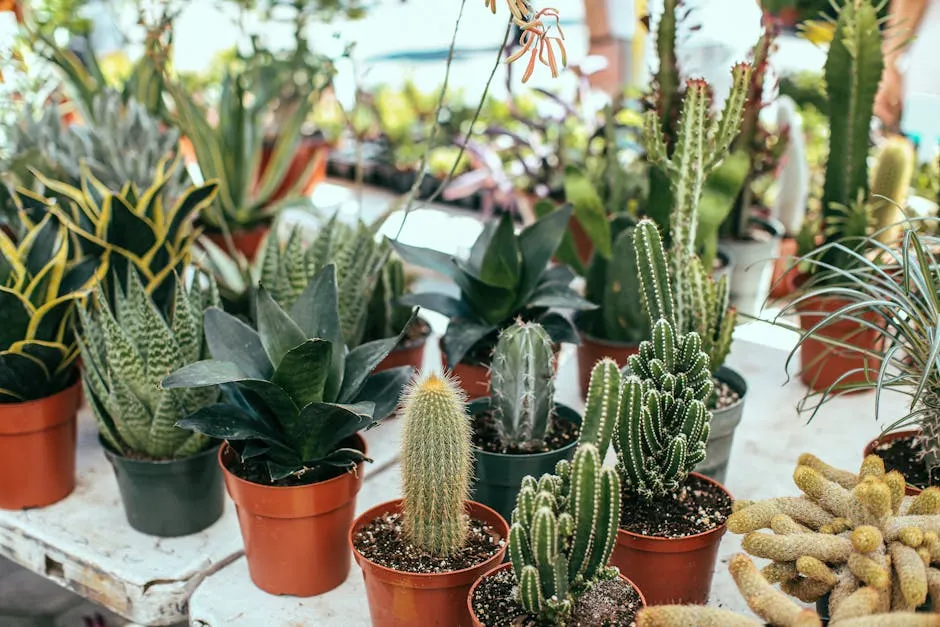
Popular Cactus Varieties
Cacti come in many exciting varieties, each with unique features. Let’s look at some popular types you might want to consider.
Echinocactus (Barrel Cactus)
Barrel cacti are known for their round shape and ribbed texture. They can grow quite large, reaching up to three feet tall. Their vibrant yellow flowers bloom in late spring, adding a splash of color to your space. Barrel cacti are resilient and can thrive with minimal care, making them a favorite among beginners.
Opuntia (Prickly Pear)
Prickly pear cacti are famous for their flat pads and colorful fruits, often called “tunas.” These cacti can vary in size, from small varieties to larger ones that can spread several feet. They produce beautiful yellow or pink flowers in the summer. Plus, prickly pears are edible! You can enjoy their fruit in salads or jams.
Astrophytum (Star Cactus)
The star cactus stands out with its star-like shape and unique markings. These small cacti typically don’t grow much taller than six inches, making them perfect for small spaces. Astrophytums bloom stunning yellow flowers. They’re also easy to care for, making them ideal for those just starting their cactus collection.
Mammillaria (Pincushion Cactus)
Mammillaria species are small and often feature clusters of rounded bodies. They’re famous for their colorful blooms that can appear throughout the year. These cacti are perfect for indoor settings, as they require less light. Plus, Mammillaria cacti are known for their resilience, making them a great choice for beginners.
According to recent sales data, Echinocactus and Opuntia are among the top-selling cacti. Their popularity stems from their low maintenance and unique appearances. If you’re new to cacti, these varieties are excellent choices to start your collection.
Check out our selection of popular cactus varieties!
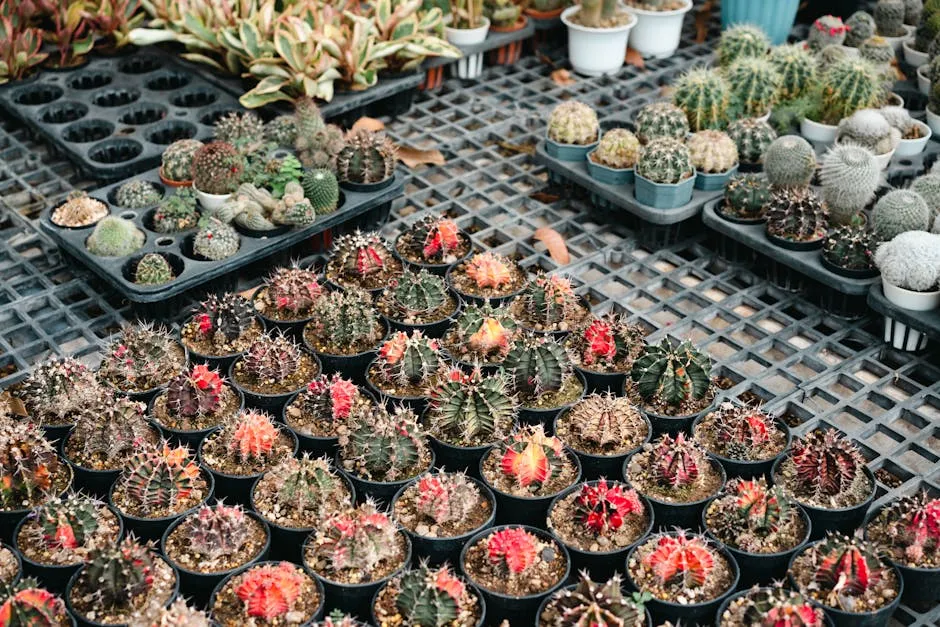
What to Look for When Buying
When it comes to purchasing cactus plants, quality is key. First, check for signs of healthy cactus plants. Look for vibrant colors and firmness. If a cactus feels mushy or looks discolored, it might be unhealthy. Also, inspect for pests like mealybugs or spider mites. These little critters can ruin your new plant.
Next, consider diseases that could affect your cactus. Check for any black spots or unusual growths. If you notice anything suspicious, it’s best to choose a different plant. A healthy cactus will grow strong and thrive in your home.
If you’re buying online, pay attention to packaging and delivery. Ensure the seller uses protective materials to prevent damage during transit. Read reviews about their shipping methods. This can help you avoid surprises when your cactus arrives.
And if you’re worried about keeping track of your plant’s needs, consider getting a Plant Care Journal. It’s a fantastic way to keep tabs on watering schedules and growth progress!
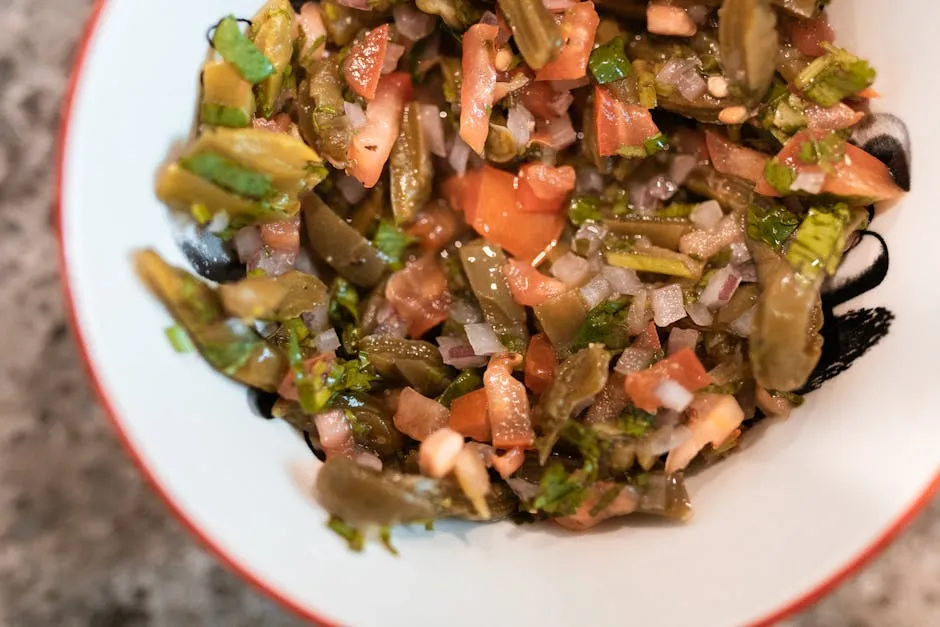
Common Issues and How to Solve Them
Caring for cacti can be rewarding, but it’s not without challenges. Let’s tackle some common cactus problems and their solutions.
Overwatering and Root Rot
One of the biggest issues cactus owners face is overwatering. Cacti thrive in dry conditions. If you give them too much water, roots can rot. Signs include yellowing or mushy stems. To solve this, allow the soil to dry out completely between waterings. When you do water, ensure it’s thorough but infrequent. Draining pots are essential to prevent standing water.
Pest Infestations
Cacti can attract pests like mealybugs and spider mites. Mealybugs appear as white cottony spots, while spider mites leave tiny webs. These pests can weaken your plant. To manage them, regularly inspect your cacti. If you see an infestation, use a cotton swab dipped in alcohol to remove them. For a more significant issue, consider insecticidal soap or neem oil. These methods provide effective pest control for cacti without harming your plants.
Sunburn and Light Conditions
Cacti love bright light, but too much can lead to sunburn. You may notice discolored patches or browning. To fix this, move your cactus to a spot with filtered light. When introducing a cactus to sunlight, do so gradually to avoid shock. Keep in mind that different cactus varieties have varying light requirements. Knowing your plant’s needs is key!

By addressing these common issues, you can keep your cactus healthy and thriving.
If you want to ensure your plants stay hydrated properly, consider using a Plant Watering Spike. It’s an innovative way to ensure your cacti get just the right amount of water, even when you’re not home!
Conclusion
Owning cactus plants brings many benefits. They’re low maintenance, drought-resistant, and visually appealing. Caring for cacti can be a joyful experience. Watching them thrive in your home adds a sense of accomplishment. Each variety offers something unique, making the buying process exciting.
As you explore different types, consider what fits best in your space. Whether it’s a small star cactus or a large barrel cactus, you have options. Finding the perfect cactus can enhance your decor and brighten your environment.
And if you want to make your cactus care even more enjoyable, consider a Cactus Care Book. You’ll find tips and tricks to ensure your plants thrive!
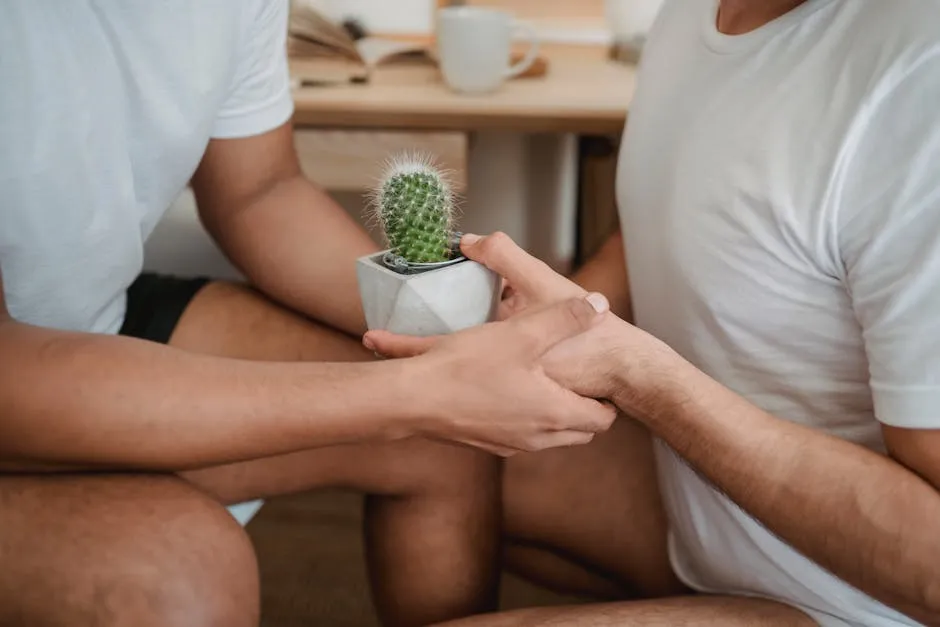
FAQs
What are the best cacti for beginners?
If you’re new to cacti, consider beginner-friendly varieties. The Echinocactus and Mammillaria are great options. They require easy care and thrive with minimal attention. These plants are perfect for anyone looking to start their cactus collection.
How often should I water my cactus?
Cactus watering frequency depends on the season. In warmer months, water every 2-3 weeks. During colder months, reduce watering to once a month. Always check the soil; it should be dry before you water again.
Can I keep cacti outside year-round?
Yes, many cacti thrive outdoors year-round. However, climate considerations are essential. In colder regions, bring them indoors during winter months to protect them from frost. Always ensure they have plenty of sunlight.
What type of soil is best for cactus plants?
Cactus soil should have excellent drainage. Look for a mix specifically designed for cacti or succulents. You can also create your own by combining potting soil with sand and perlite for better drainage.
How do I know if my cactus is unhealthy?
Signs of unhealthy cactus include yellowing, mushy stems, or black spots. Check for pests like mealybugs or spider mites. If you notice these issues, it’s time to adjust your care routine to help your plant recover.
Please let us know what you think about our content by leaving a comment down below!
Thank you for reading till here 🙂
All images from Pexels



